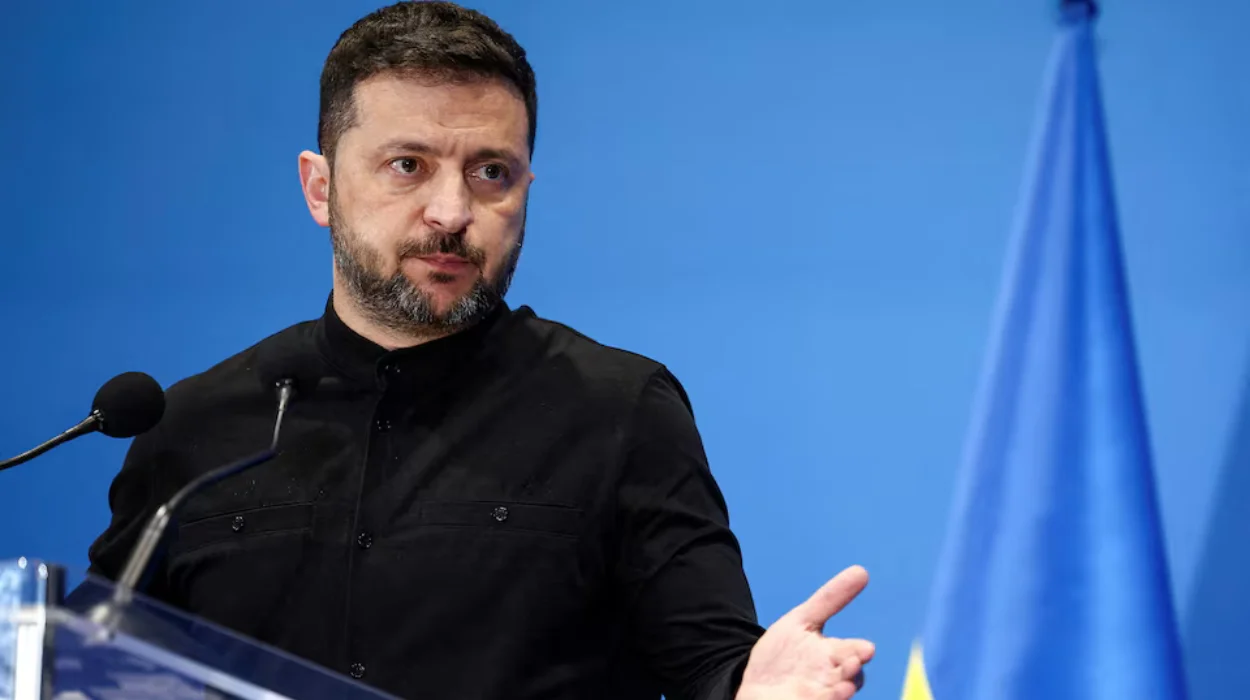Kyiv (Brussels Morning Newspaper) – President Volodymyr Zelenskiy announced on Wednesday that Russia targeting a gas facility in Ukraine’s southern Odesa region disrupts winter preparations.
Zelenskiy stated that the gas infrastructure in Novosilske, a village near the Romanian border, had been attacked. Additionally, Novosilske hosts the Orlovka interconnector, which brings gas to Ukraine via the Transbalkan route.
Ukrainian energy officials were not sure if the interconnector was damaged or if gas would still be pushed through. The Ukrainian transit operator said it was expecting to pump 0.4 million cubic metres of gas through Orlovka on Wednesday.
“This was a deliberate blow to our preparations for the heating season, absolutely cynical, like every Russian blow to the energy sector,”
he stated on Telegram.
How critical is the Transbalkan gas route for Ukraine?
Last month, Ukraine conducted a small-scale test of Azerbaijani gas through the Transbalkan route for the first time. It announced plans to boost gas imports from Azerbaijan’s SOCAR energy company substantially. The Transbalkan route allows gas delivery from Greece via Bulgaria and Romania to Ukraine.
Kyiv has described the route as “extremely important” because it grants access to liquefied gas from Greek and Turkish LNG terminals, Azerbaijani and Romanian pipeline gas, and possibly Bulgarian offshore gas.
How are repeated strikes undermining Ukraine’s energy grid?
Russian attacks have devastated Ukraine’s energy infrastructure, threatening the resilience of Ukraine’s energy systems. Generation sources have been significantly destroyed, including a large portion of thermal and hydro generation capabilities, resulting in massive blackouts and the inability to control the national grid.
How much power generation has Ukraine already lost?
The repeated attacks have forced Ukraine into an almost complete reliance on nuclear power stations, which currently account for about 70% of the total electricity generation remaining in the country. With only 20% of the remaining thermal generation capacity (which had been destroyed) then Ukraine had taken about an 80% loss in total generation capacity, including hydro generation and transmission infrastructure.
What damage did Russia’s 2022 energy strikes cause?
The biggest strike at that time by Russia on the energy infrastructure in Ukraine was conducted on October 10, 2022. On this day, Russia had one of the largest launches of missiles targeting energy infrastructure in Ukraine, launching 84 strategic cruise missiles and 24 suicide drones targeting the electrical grid in Ukraine, alongside full military strikes across the city of Kyiv.
The strikes resulted in widespread damage to critical infrastructure and brought almost half of the Ukrainian power grid offline, which at that point represented 10 million Ukrainians without electricity.



